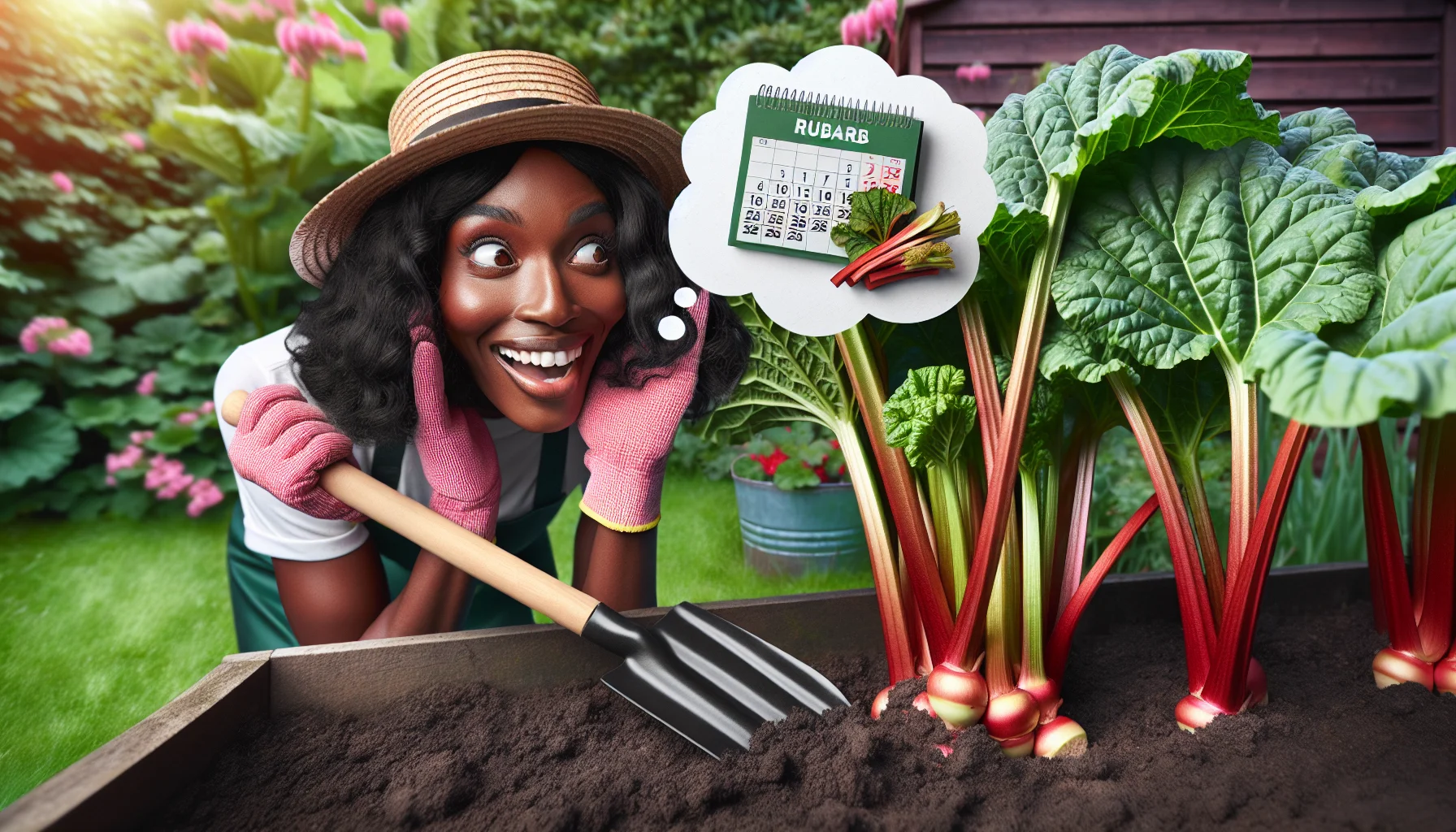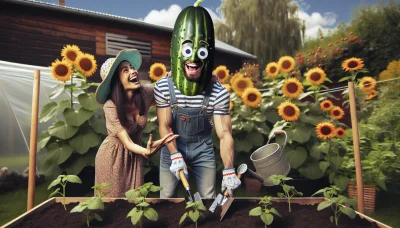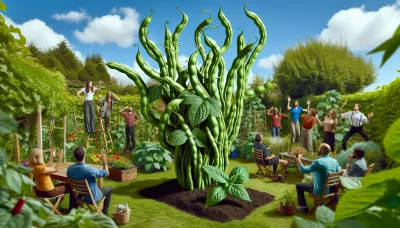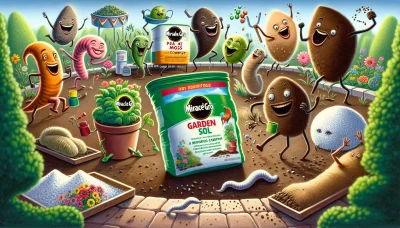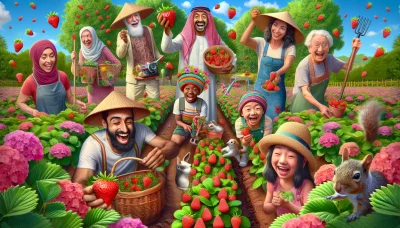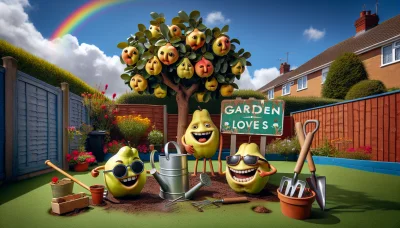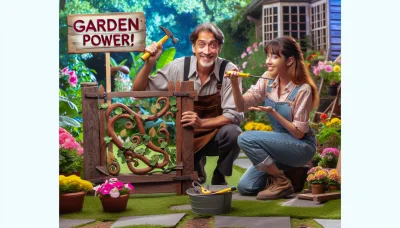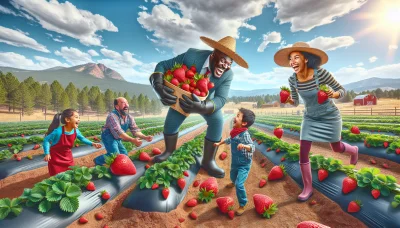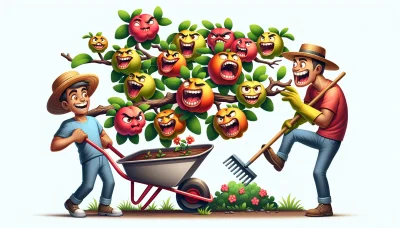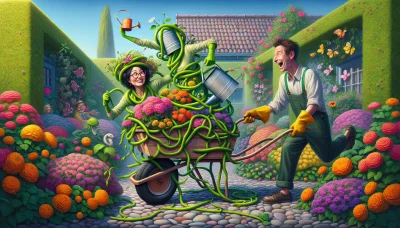When to pick rhubarb Quiz
Test Your Knowledge
Question of
When to Pick Rhubarb: The Gardener's Guide
Timing is crucial when it comes to harvesting rhubarb to ensure the best flavor and promote healthy plant growth. Picking rhubarb at the right moment not only guarantees the most delicious results but also supports the plant's vitality for future seasons. This guide aims to help gardeners understand the optimal harvesting period for rhubarb, taking into account the plant's growth cycle and environmental factors.
Understanding Rhubarb Seasons
Rhubarb is a perennial plant that is often considered a vegetable but is commonly used as a fruit in culinary practices. Its growing season varies significantly by region, primarily due to its need for cold temperatures to initiate growth. In general, rhubarb can be planted in the early spring and will start to produce stalks ready for harvest by late spring to early summer. In cooler climates, the growing season may extend further into the summer, but in warmer regions, the plant might go dormant as temperatures rise. Rhubarb requires a period of winter chill to produce stalks, making it less suitable for tropical climates without a cold season. After its initial harvest season, rhubarb can sometimes produce a second crop in the fall, especially if the summer months are not excessively hot. Understanding your local climate and seasonal variations is key to successfully growing and harvesting rhubarb.
The Right Time to Harvest Rhubarb
- Stalk Color: Look for stalks that are deep red or pink. However, some varieties remain green even when ripe, so knowing your rhubarb variety is important.
- Stalk Size: The stalks should be at least 10 inches long before harvesting. Thickness can also be a good indicator; they should be between ½ to 1 inch thick.
- Leaf Size: Large leaves are a good indicator that the stalks are mature enough. However, remember that rhubarb leaves are toxic and should not be eaten.
- Season: Rhubarb is typically ready to harvest in late spring to early summer, but this can vary depending on your climate.
- Plant Age: Ensure the rhubarb plant is at least 2 years old before you start harvesting. Harvesting too early can weaken the plant.
How to Harvest Rhubarb Correctly
To ensure your rhubarb plant remains healthy and productive, it's important to follow best practices when harvesting. Begin harvesting when the stalks of the rhubarb reach at least 10 inches in length and are about 1/2 to 3/4 inch thick. Gently twist and pull each stalk from the base of the plant rather than cutting it, to encourage more growth. Be sure to leave at least two-thirds of the plant intact to avoid over-harvesting, which can weaken your rhubarb. Additionally, never harvest all the stalks from a single plant, and avoid harvesting any stalks during the first year of growth to allow the plant to establish itself. Remember to discard the leaves, as they contain oxalic acid and are toxic if ingested.
Common Mistakes to Avoid When Picking Rhubarb
- Picking rhubarb too early in the season before it has fully matured.
- Harvesting too much at once, which can weaken the plant.
- Removing all the stalks from the plant, leaving it without enough energy to sustain itself.
- Not leaving any stalks to allow the plant to photosynthesize and grow back stronger.
- Picking stalks that are too thin, indicating the plant is not yet ready for harvest.
- Ignoring the leaves, which are toxic and should not be consumed.
- Forgetting to check for pests or diseases before harvesting.
- Not using a sharp knife or scissors to cut the stalks, which can damage the plant.
- Harvesting during hot, sunny days which can cause the plant to wilt quickly after being picked.
- Failing to water the plant after harvesting to help it recover and continue growing.
Storing and Using Freshly Picked Rhubarb
After harvesting rhubarb, it's important to store it properly to maintain its freshness and flavor. Start by trimming off the leaves, as they are toxic and should not be consumed. Rinse the stalks under cold water and dry them thoroughly. For short-term storage, wrap the rhubarb stalks in a damp towel and place them in a plastic bag in the refrigerator, where they can last for up to two weeks. For longer storage, rhubarb can be frozen. Cut the stalks into bite-sized pieces, spread them on a baking sheet to freeze individually, and then transfer them to a freezer bag. Frozen rhubarb can last for several months and is perfect for use in recipes throughout the year.
When it comes to using rhubarb, there are countless delicious possibilities. Its tart flavor makes it a perfect companion for sweet fruits like strawberries in pies and crumbles. Rhubarb can also be cooked down into a compote or jam to spread on toast or stir into yogurt. For a savory twist, try adding it to a sauce or chutney to accompany meat dishes. Whether you're baking it into desserts, making refreshing drinks, or incorporating it into savory recipes, rhubarb offers a unique flavor that can enhance a wide variety of dishes.
FAQs on Harvesting Rhubarb
| Question | Answer |
|---|---|
| Can I pick rhubarb after it has flowered? | Yes, you can pick rhubarb after it has flowered, but it's best to remove the flower stalks to encourage the plant to focus its energy on producing stalks. |
| How much rhubarb should I pick at one time? | Harvest up to one-third of your rhubarb plant at one time to ensure the plant remains healthy and productive. |
| When is the best time to start picking rhubarb? | The best time to start picking rhubarb is in the spring, when the stalks are 12 to 18 inches long and well-colored. |
| Is it safe to eat rhubarb leaves? | No, rhubarb leaves are toxic and should never be eaten. Always discard the leaves and only eat the stalks. |
| How do I know if rhubarb is ripe? | Rhubarb is ripe when the stalks are firm, crisp, and brightly colored. The size is a better indicator of ripeness than color, as some varieties stay green when ripe. |
| Can I harvest rhubarb in its first year? | It's recommended to wait until the second year before harvesting rhubarb to allow the plant to establish itself. |
